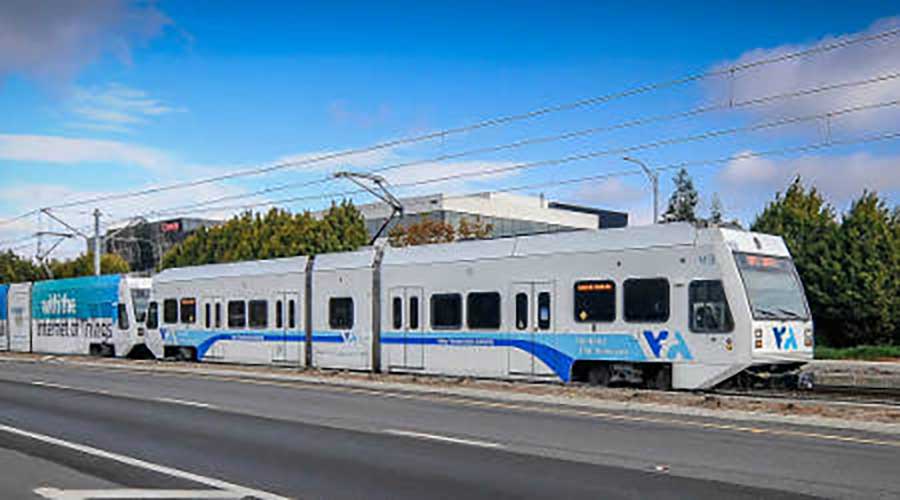Newsletter Sign Up
Stay updated on news, articles and information for the rail industry
Stay updated on news, articles and information for the rail industry
RAIL EMPLOYMENT & NOTICES
Rail News Home
Rail Industry Trends
Rail News: Rail Industry Trends
Matt Rose long has been a proponent of public-private partnerships as a way to fund infrastructure improvements. Now, BNSF Railway Co.’s chairman, president and chief executive officer has an ally in the public sector.
Yesterday, the U.S. Department of Transportation (USDOT) announced it created “model” legislation to help states contract with private firms to invest in and manage transportation projects, as well as spur private-sector transportation infrastructure investments. The department based the legislation on a survey of existing state laws that authorize public-private partnerships for building and/or operating rail, mass transit, highway, airport, seaport or other transportation infrastructure.
Part of the USDOT’s initiative to reduce transportation congestion nationwide, the legislation serves as a starting point from which states can enact laws that address their needs, as well as a guide for crafting a public-private partnership agreement, the department said.
Currently, 21 states and Puerto Rico have enacted laws governing public-private partnerships. However, many provide limited or project-specific authority, the USDOT said. Broad authority would enable states to take advantage of various federal programs available through SAFETEA-LU and the USDOT’s congestion initiative.
“This model legislation will help to ensure that states are in a position to tap into the billions of dollars that the private sector and lenders have amassed to invest in transportation,” said U.S. Transportation Secretary Mary Peters in a prepared statement.
1/9/2007
Rail News: Rail Industry Trends
USDOT seeks to help states enact public-private partnership laws, spur transportation infrastructure investment
advertisement
Matt Rose long has been a proponent of public-private partnerships as a way to fund infrastructure improvements. Now, BNSF Railway Co.’s chairman, president and chief executive officer has an ally in the public sector.
Yesterday, the U.S. Department of Transportation (USDOT) announced it created “model” legislation to help states contract with private firms to invest in and manage transportation projects, as well as spur private-sector transportation infrastructure investments. The department based the legislation on a survey of existing state laws that authorize public-private partnerships for building and/or operating rail, mass transit, highway, airport, seaport or other transportation infrastructure.
Part of the USDOT’s initiative to reduce transportation congestion nationwide, the legislation serves as a starting point from which states can enact laws that address their needs, as well as a guide for crafting a public-private partnership agreement, the department said.
Currently, 21 states and Puerto Rico have enacted laws governing public-private partnerships. However, many provide limited or project-specific authority, the USDOT said. Broad authority would enable states to take advantage of various federal programs available through SAFETEA-LU and the USDOT’s congestion initiative.
“This model legislation will help to ensure that states are in a position to tap into the billions of dollars that the private sector and lenders have amassed to invest in transportation,” said U.S. Transportation Secretary Mary Peters in a prepared statement.


 2025 MOW Spending Report: Passenger-rail programs
2025 MOW Spending Report: Passenger-rail programs
 Gardner steps down as Amtrak CEO
Gardner steps down as Amtrak CEO
 Guest comment: Oliver Wyman’s David Hunt
Guest comment: Oliver Wyman’s David Hunt
 Women of Influence in Rail eBook
Women of Influence in Rail eBook
 railPrime
railPrime







